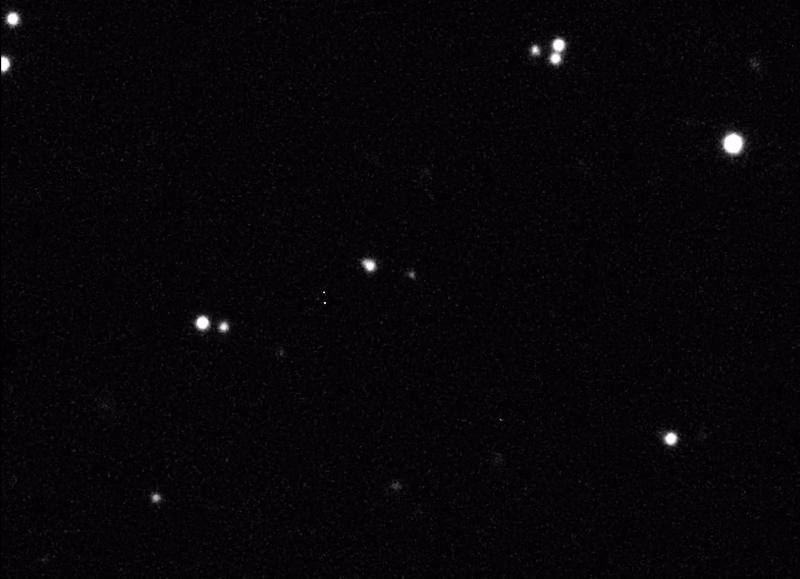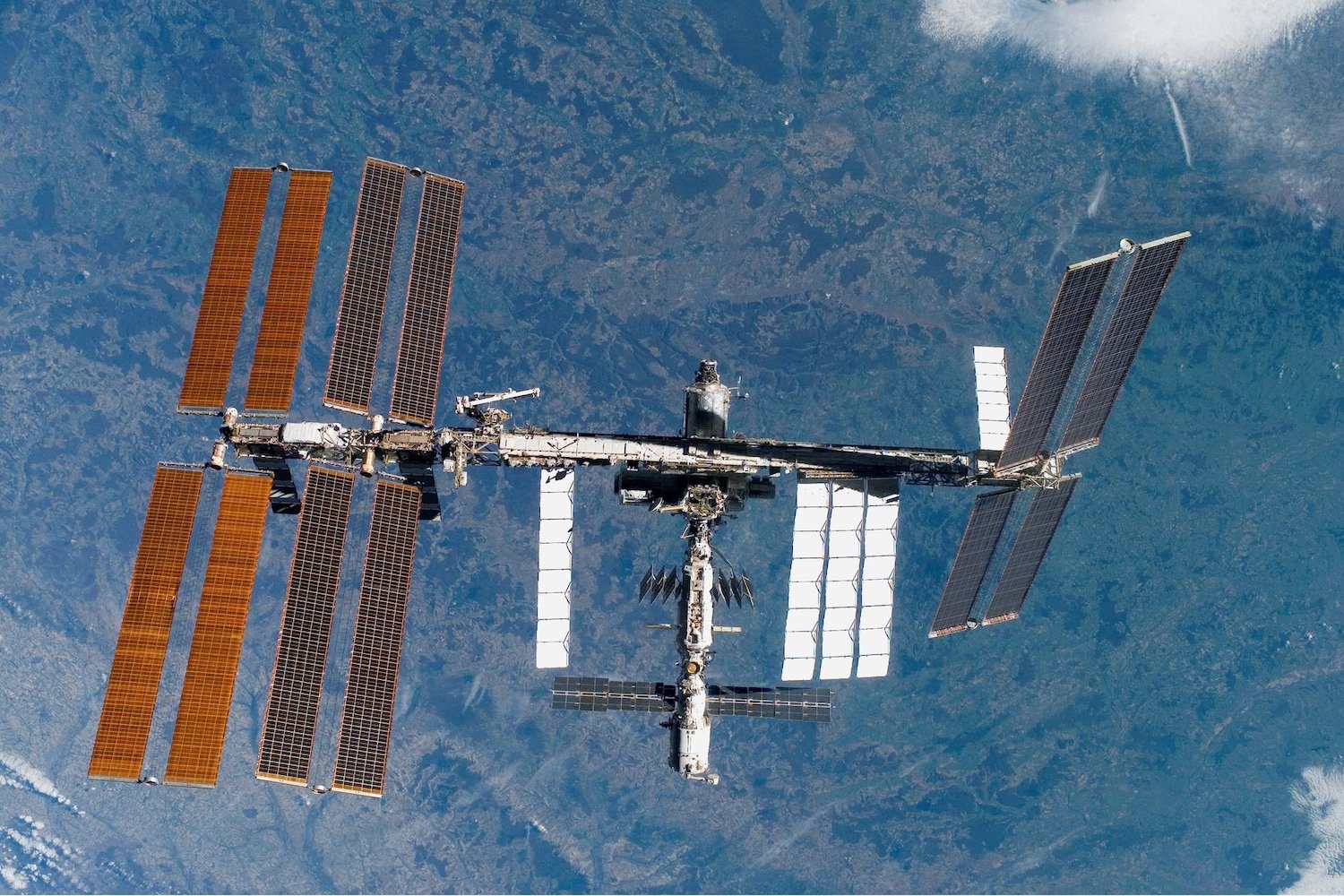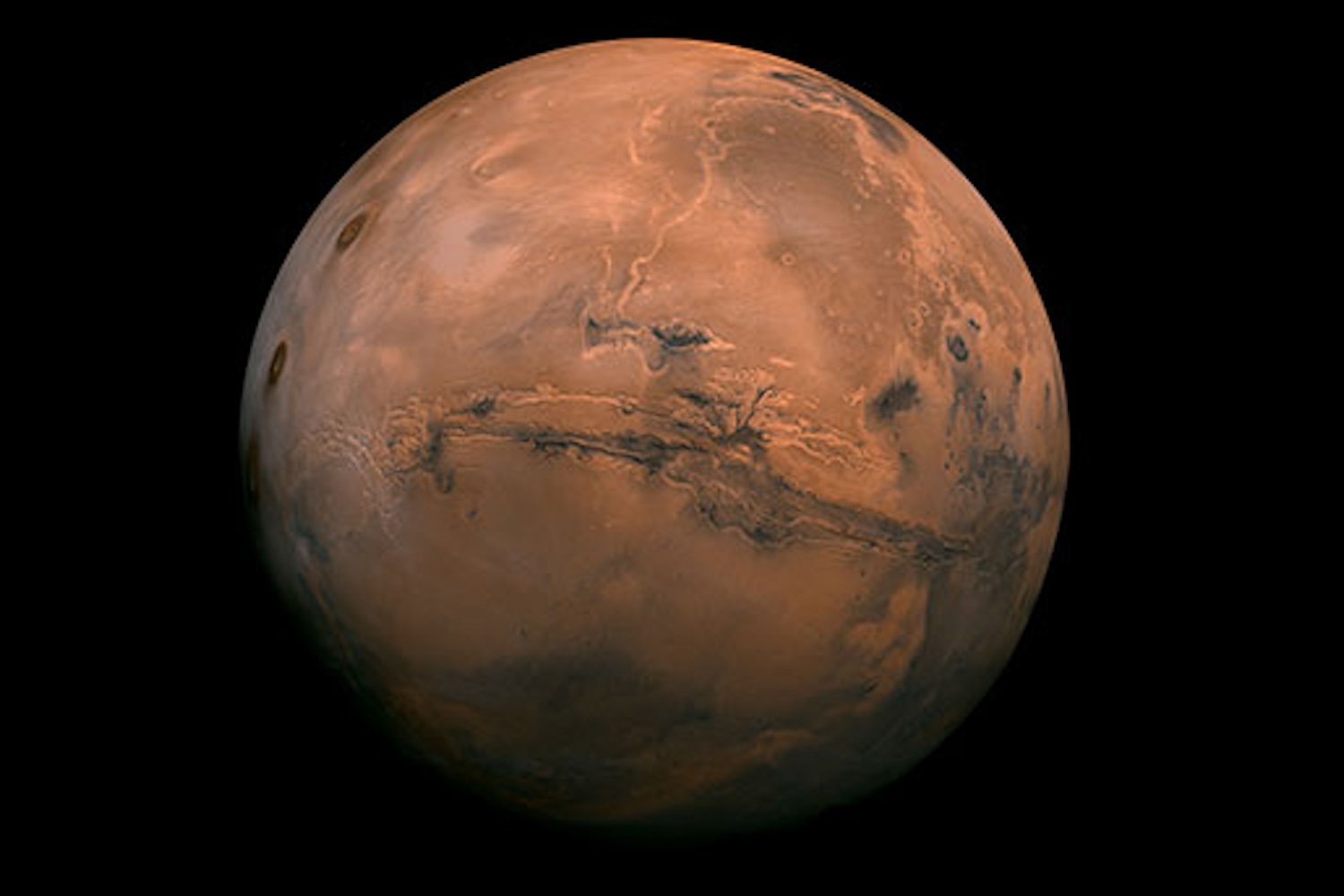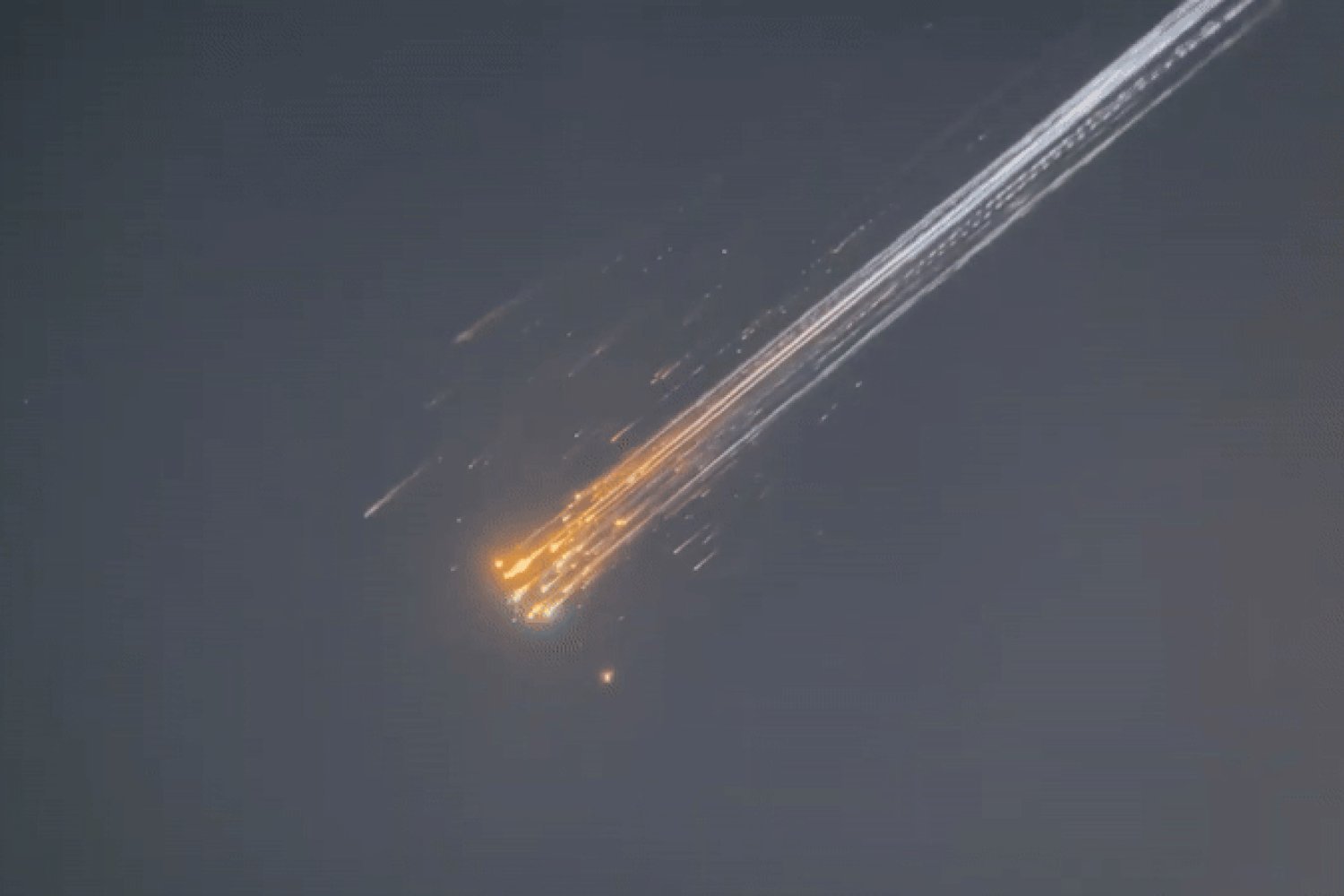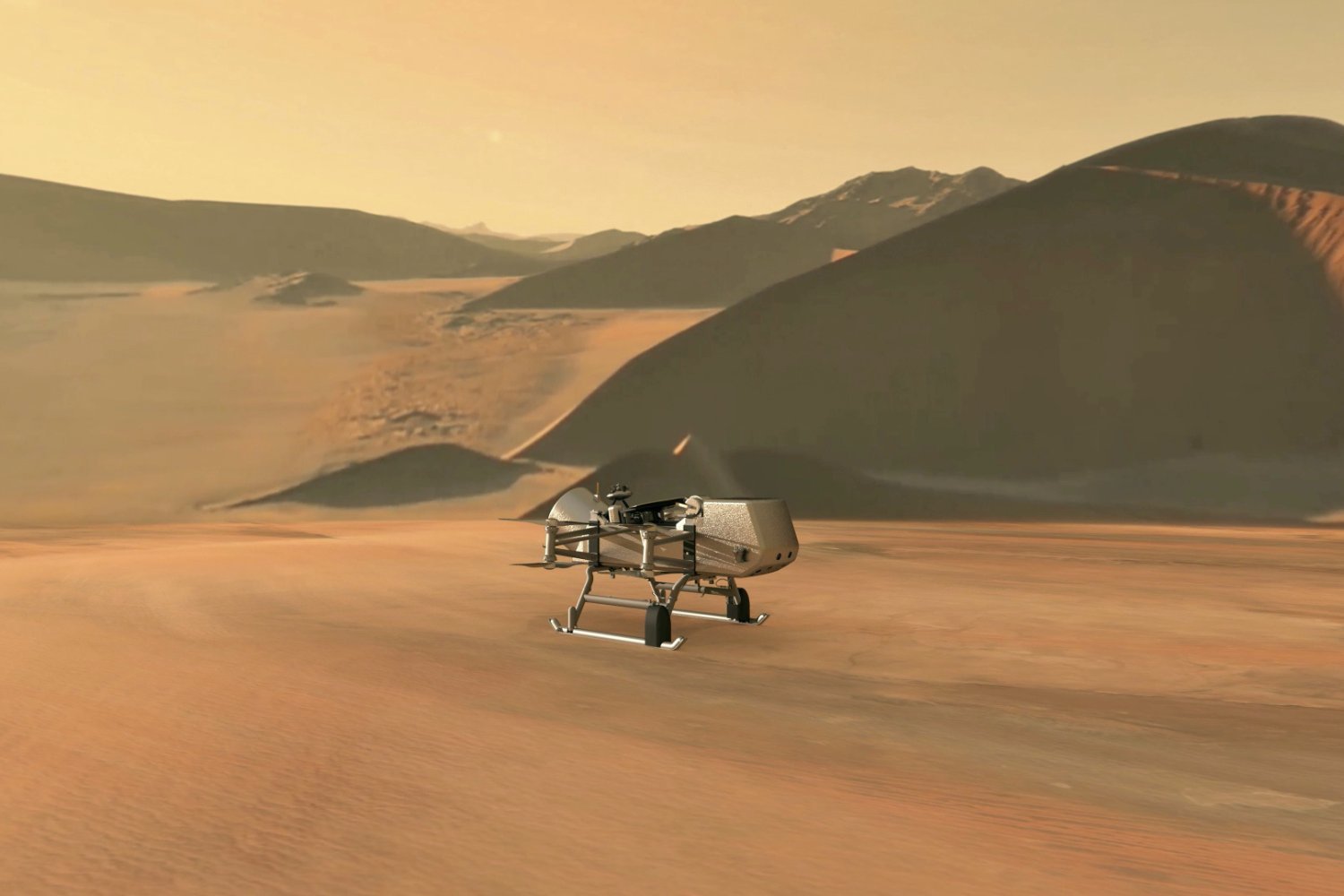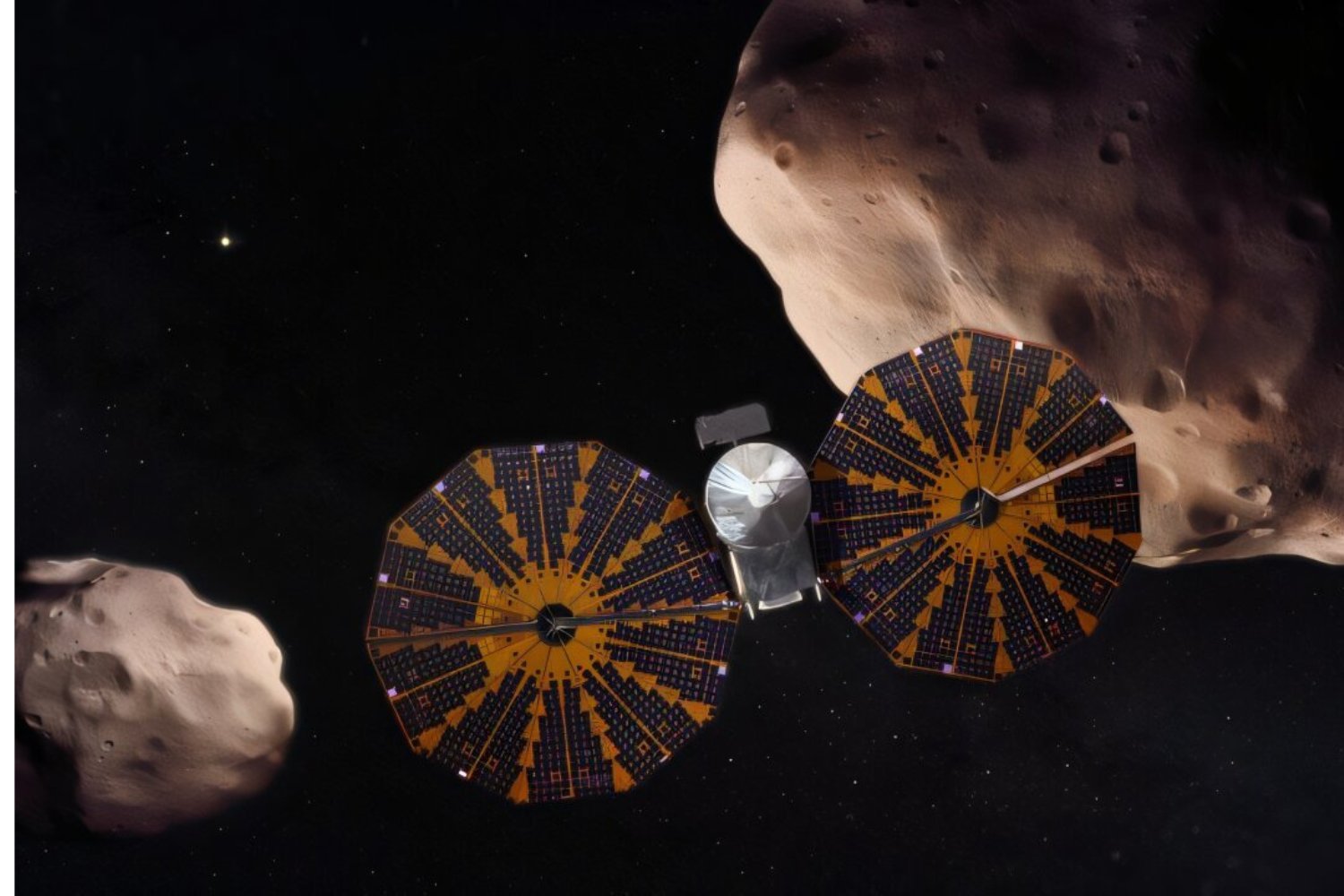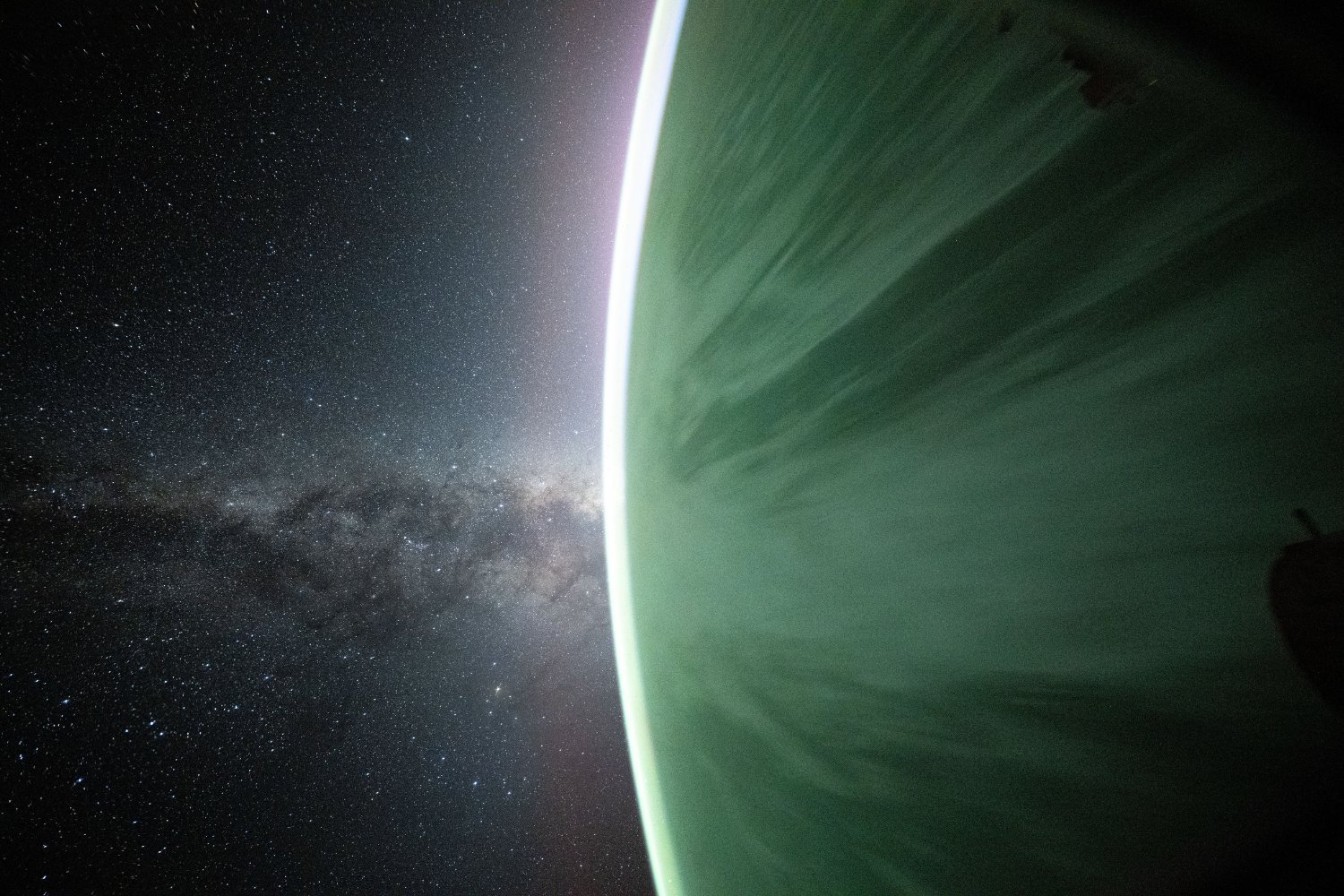The asteroid 2024 YR4, initially flagged as a potential threat to Earth in 2032, has seen its impact probability dramatically decrease. Earlier assessments indicated a concerning 3.1% chance of collision, but updated calculations from NASA’s Center for Near-Earth Object Studies (CNEOS) now place the odds at a mere 0.28%, or approximately 1 in 360.
While not entirely eliminating the risk, this revised probability represents a significant shift from the previous alarming figures. Just a few weeks ago, 2024 YR4 held a Torino Impact Hazard Scale rating of 3, signifying a “1% or greater chance of collision capable of localized destruction.” With the updated probability, the asteroid’s Torino rating has been downgraded to 1, indicating an “extremely unlikely” chance of impact and no cause for public concern.
Although 2024 YR4 is not large enough to cause a global catastrophe, its estimated size of 130 to 300 feet (40 to 90 meters) wide could still inflict significant regional damage if it were to collide with Earth. This potential destructive power fueled the initial concern surrounding the asteroid’s trajectory.
The initial discovery of 2024 YR4 occurred shortly after Christmas by the Asteroid Terrestrial-impact Last Alert System (ATLAS). At the time, the asteroid was approximately 515,116 miles (829,000 kilometers) from Earth. Over the following weeks, the calculated impact probability steadily increased, peaking at 3.1% before the recent reassessment.
This fluctuation in probability is a common occurrence in asteroid tracking. As astronomers gather more data and refine their models, the range of possible trajectories narrows. In the case of 2024 YR4, the initial trajectory calculations included Earth within the potential impact zone. As the range of possible paths shrank, Earth’s position within that range meant a higher relative probability of impact. The latest data, however, has significantly reduced the potential impact zone, now indicating a very low likelihood of collision with Earth.
Despite moving away from Earth currently, 2024 YR4 is expected to return for a close approach in 2028, with the first potential impact window occurring in 2032. The asteroid is predicted to become too faint for ground-based telescope observation by April, making the current observational window crucial for refining trajectory predictions.
While 2024 YR4 still carries a slight statistical risk of impacting Earth within the next century, the revised probability assessments provide considerable reassurance. The downgraded risk level underscores the dynamic nature of asteroid monitoring and the importance of ongoing observation and analysis.



